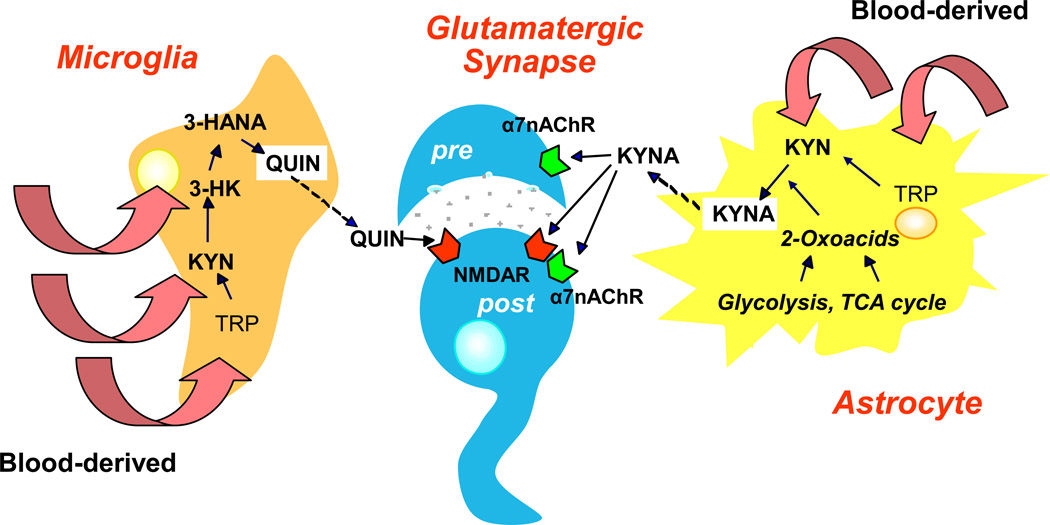Figure 2. Segregation of the two Kynurenine Pathway Branches in the Brain.
Under physiological conditions, kynurenine pathway enzymes in the mammalian brain are preferentially, although not exclusively, localized in non-neuronal cells 57–58. Metabolism of the pathway is driven by blood-derived tryptophan (TRP), kynurenine (KYN) or 3-hydroxykynurenine (3-HK), or by locally formed metabolites. Of functional significance, the two branches of the pathway are physically segregated in the brain. Astrocytes, which harbor KATs but do not contain KMO and therefore cannot produce 3-HK from KYN 41, 198–199, account for kynurenic acid (KYNA) biosynthesis, which is regulated by intracellular metabolic events 46–48. 3-HK and its major downstream metabolites are synthesized in microglial and other cells of monocytic origin 118, 200. Once synthesized within glial cells, quinolinic acid (QUIN) and KYNA are promptly released into the extracellular milieu to affect their pre- and postsynaptic (“pre” and “post”) neuronal targets. 3-HANA: 3-Hydroxyanthranilic acid, α7nAChR: α7 nicotinic acetylcholine receptor, TCA: Tricarboxylic acid.

